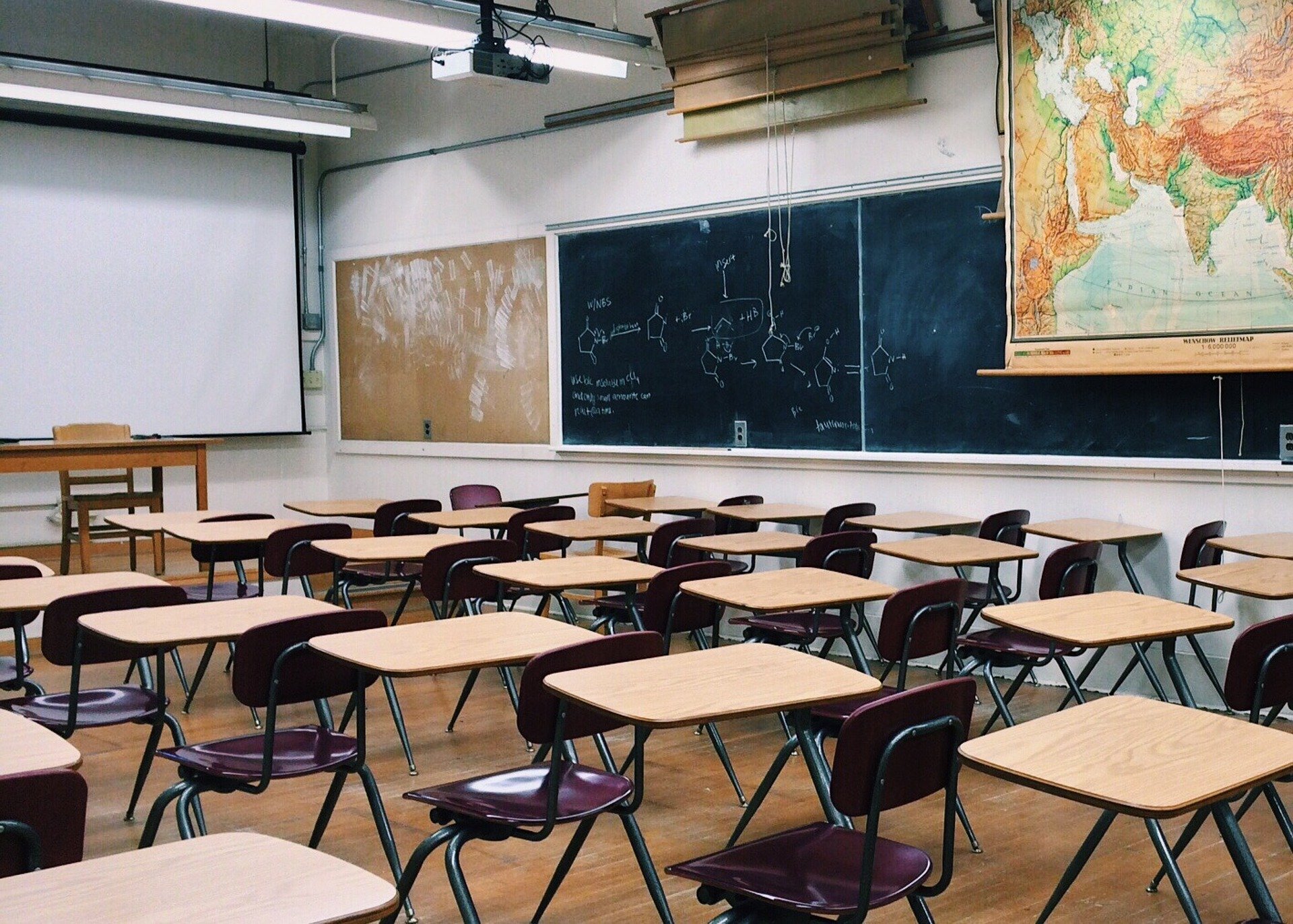Over the years, my thought process has changed significantly in terms of the system of education I support. I have gone from believing in the critical need for private Christian education to protect from the cesspool of public school to strong support of the public school system despite its flaws which I try actively to improve, for the tremendous public social good that it provides. In this entry, I attempt to chronicle some thoughts I have on that journey and the two systems.
I grew up firmly ensconced in private Christian school for my entire K12 career.So many adults in that system fed us the line that our school and its founding marked a triumph of good over evil, how Christian education fought upstream against liberal indoctrination. I wish I could say that I indulged in a bit of hyperbole there. I believed in the so-called wisdom, confident that my private, Christian school educated me in the best possible way. By the time I reached high school, I had some quibbles with the particular institution I attended but remained firm in my belief of the superiority of that education after enduring a semester at Charleston Southern University. I remember sitting through an English class where only one other person stayed in third person in their research paper, shocked because I learned all of this two years before as a junior in high school. I just *knew* that everyone else in the class must have gone to public school.
The sheen on my particular education experience gradually wore off over the next decade, emphasis on gradually. When I did not feel challenged in my teacher training program, that confirmed that superiority of my education. However, I also felt compelled to teach in public schools, as a mission. I did not yet see the discrepancy between those two views.
Additionally, recent events have added more nuance to my understanding of private schooling, specifically the private schools I have experience with. Last spring we had to show a video commemorating the 50th anniversary of the integration of Greenville County Schools. That means that it took 16 years after the decision in Brown vs Board of Education for Greenville County to integrate. After reading about some examples of private schools that originated during those years following the Supreme Court decision, I looked up when my private school started. I knew that my mom attended public school for one year, likely in the early to mid 60s, before the family moving to California. If the elementary school at my institution had existed that would not have happened. After some cursory research, I learned that the elementary and junior high started in the 70s, just after integration. This prompts the question as to what served as the catalyst for the change. Then I investigated the private school run by the church that my family attended when they lived in California. A little research showed that in 1946, a California Supreme Court case mandated the integration of Latinx students in LA county schools. Then, in 1963, another California Supreme Court case mandated the integration of all students in all public schools in California. (Yes, even after the Supreme Court deemed “separate but equal” unconstitutional, the courts still had to enforce this.) Guess when that school started? 1963.
Simply put, private schools have a complicated history and serve a purpose on the surface nearly identical to public schools although the true purposes lie below the surface.
I will now shift my attention to public schools. My time teaching in a Title I school opened my eyes to the realities of public schools and their critical role. Since this is a blog post, not a treatise on education, I will refrain from telling of the development of publication and simply describe the role that public schools play in the lives of those in poverty and those of color.
Most know of how many children receive most of their nutrition from schools and how schools function as a safe haven for many regardless of their socioeconomic status. Beyond that, public schools provide critical education for students who would never have access to if our country relied on a system where people paid for their children’s education. These parents, and their children, would have to rely on generosity from charity to obtain any sort of education.
Here’s how private schools affect public schools. For every student that attends private school instead of public school, the zoned public school loses the funding that comes with that attendance. Some may argue that the public school’s cost decreases commensurately with those lower numbers. However, a few things negate that. First, the district utility cost to operate the physical buildings does not decrease because one student or even 10 or 50 leaves the building. Second, private schools are not required to provide supplementary and required services for special education students, English language learners, and other students with similar needs. Thus, these students generally do not choose private schools leaving public schools with less money to educate the students who need the most. Resources end up getting cut since the districts imply do not have the money. If private schools prosper, special education students, English language learners, and students in poverty pay the price, unable to pay for private school or transportation to get to a school unable to educate them adequately and stuck in schools with unfunded legal mandates also unable to educate them properly.
For all these reasons, and others, that would take even longer to explain, I no longer support private schools the way I once did. In fact, I struggle to support many of them at all.
